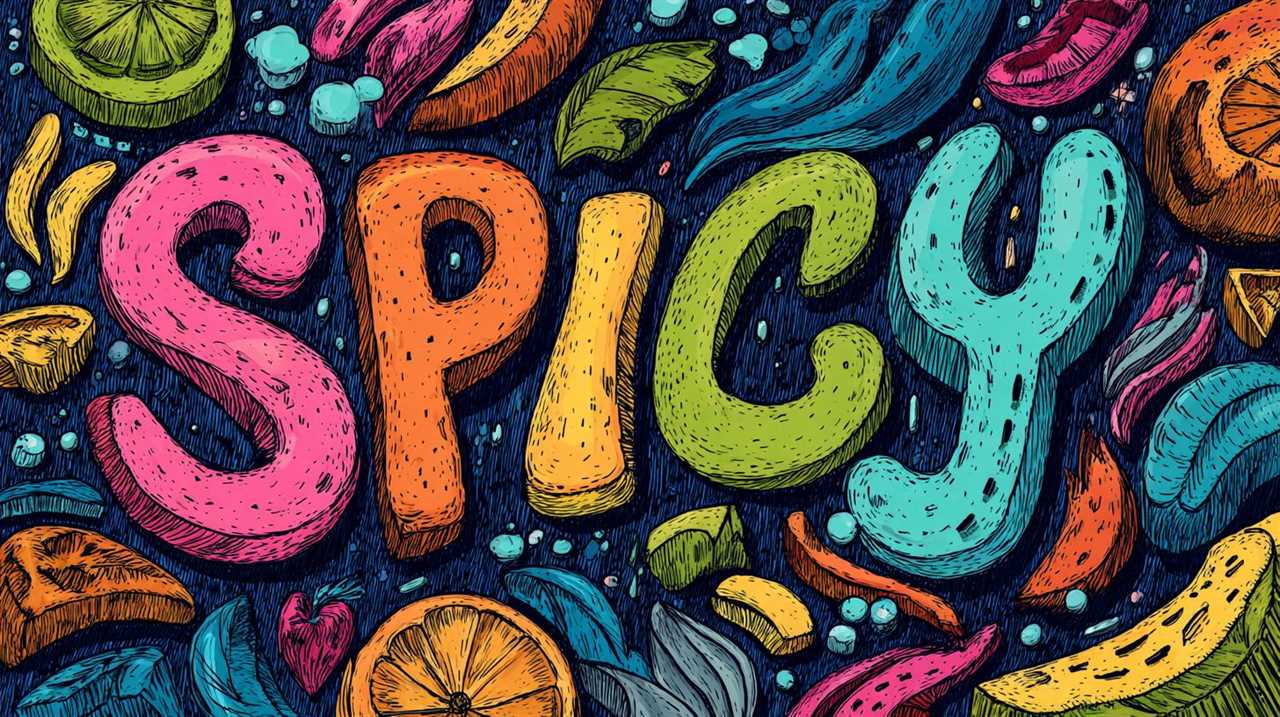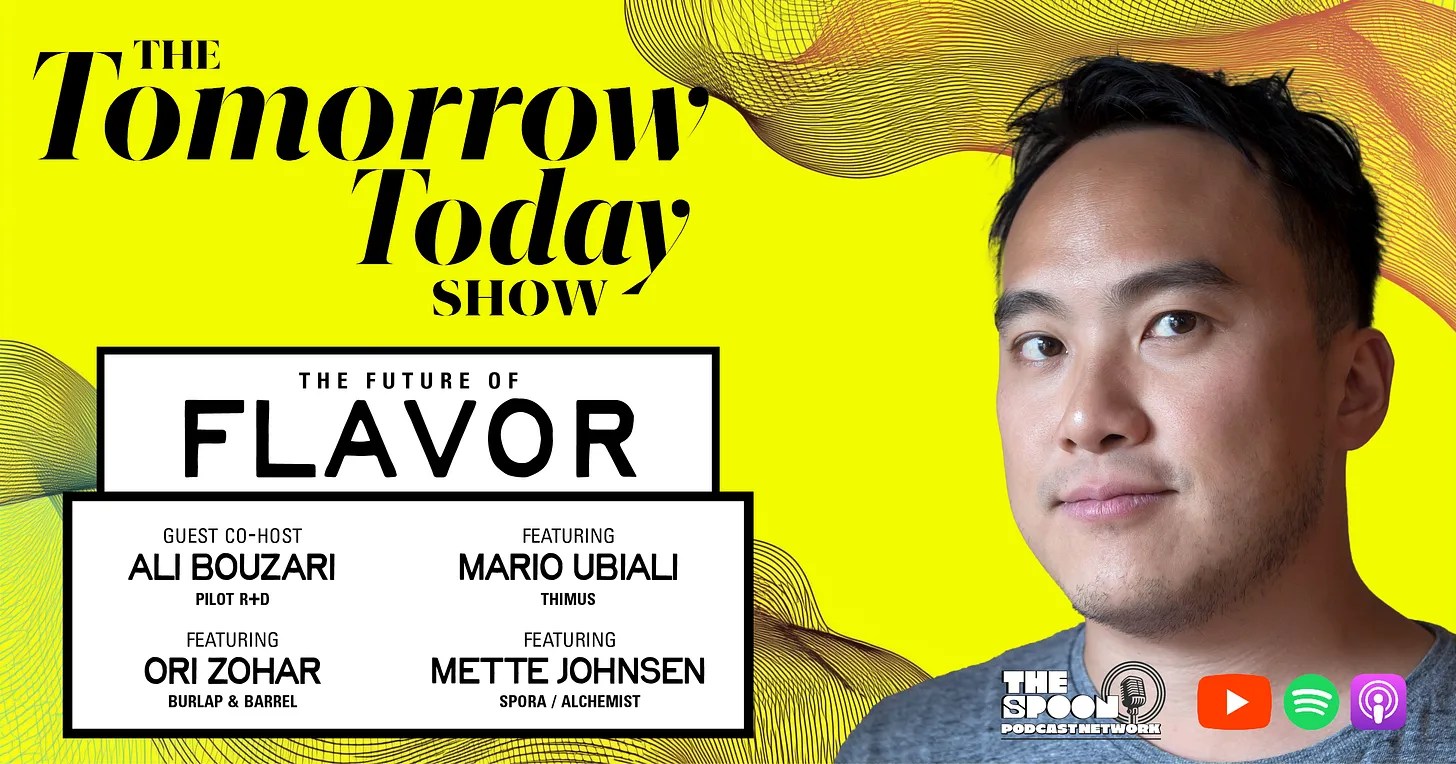Sustainable, healthy foods won’t win through guilt trips alone—they need to be irresistible.
Flavor is the most powerful force in our food system. Not nutrition labels, not health claims, not environmental impact. It’s flavor. It’s the gravitational force that decides what we eat, what gets produced, and what companies make billions from.
You know how I know this? Because entire industries exist purely because they figured out how to make food taste incredible, with no other redeemable attributes other than their taste. Chips, energy drinks, candy—these products don’t keep you healthy or feed you efficiently. They have little to contribute to a healthier agricultural system. Yet they exist because food scientists cracked the code on making your brain crave them. And it works. These companies rake in billions by hitting our pleasure buttons just right.
If junk food can build empires on taste alone, imagine what we could do with food that actually serves us.
The Business of Bliss
Every ingredient in a bag of chips is there for one reason: to trigger your reward system as hard as possible. Food scientists call these “bliss points“—the perfect mix of salt, fat, sugar, and crunch that makes your brain say “more.”
Companies making healthier or more sustainable foods face a different challenge. They’re working so hard on the nutrition, the sourcing, the environmental impact, that they can run out of bandwidth to make their products truly irresistible.
Many of these companies get so caught up in their metrics and mission that they lose objectivity about how their product tastes. They delude themselves into thinking their product is more delicious than it actually is. There’s almost an implicit assumption that the nutrition label or sustainable certifications it bears will get eaters to overlook that the thing might actually taste like shit. The result? Products that check all the right boxes on paper but fail the most basic test—do people actually want to eat them?

It’s noble to make food that’s healthy and sustainable, but the average eater can’t taste nobility. They need flavor. We need more brutal honesty about how our food tastes. Especially for the foods that are trying to create positive impact on the health of people and planet. Because if those aren’t also the foods that people crave, then that brand’s impact will never be realized. Flavor is the key to unlocking that impact.
The success of junk food actually shows us the path forward. Flavor isn’t the enemy of healthy eating—it’s the secret weapon we’re not using enough. Instead of fighting our love of delicious food, we should be making healthy food irresistible.
Breeding for Flavor
Dan Barber’s Row 7 Seed Company exemplifies this approach. By breeding vegetables primiarly for flavor first, Row 7 is doing what I think is one of the most important efforts in food today—closing the gap between artificially flavored junk food and real food.
The produce industry has spent decades inadvertently breeding the flavor out of basic vegetables to make them more compatible with the demands of industrial food supply chains. Carrots, potatoes, salad greens—most of what you find in supermarkets has been selected for everything except taste. Is it any wonder kids still have trouble eating their vegetables? We’ve created a food system where a bag of chips delivers more flavor excitement than a carrot and it doesn’t need to be that way.

Remember the first time you tried an in-season, heirloom tomato? I do. It completely scrambled my brain about the theoretical flavor potential of common produce. I felt like I was lied to by the mass tomato industry about how good these things could taste.That first bite was a revelation—sweet, acidic, and startlingly complex, as if I’d been eating tomato-flavored water my whole life. It made me think: what other foods had I been gaslit into accepting?
And how lucky was I to even discover this, when so many people go through life never knowing that vegetables don’t have to taste as bland as the specimens lining supermarket shelves? Of course, it’s not practical for everyone to spend $8 on an heirloom tomato—I get that this sounds like privileged foodie nonsense.
But what if we put the same energy into making vegetables irresistible that we put into perfecting snack foods? What impact would we have on the world getting people to eat more vegetables and fruits by showing them more delicious versions of things they didn’t think could be delicious? Imagine how much we could do to convince people to eat more real food if they understood there was a better, more delicious option waiting for them.
The Twilight of Universal Taste
It’s really hard to try and imagine what a critical mass of people can agree on is delicious anymore. In our increasingly fragmented society—split by culture, class, geography, and digital echo chambers—can we even create flavors that almost everyone agrees taste good? Flavor is so subjective and can often be altered by circumstance, mood, atmosphere, story, context, and a thousand other variables. This requires stepping outside your own taste preferences and imagining what deliciousness means to people from different backgrounds, with different genetics, different food histories.

A spice that seems mild to someone used to fresh, high-quality ingredients might taste intense to someone raised on processed food. Products designed for mass appeal often disappoint people looking for more complex flavors. The challenge is creating food that bridges these different flavor worlds without dumbing everything down to the lowest common denominator—but maybe that challenge is becoming impossible.
If this is true, then the basic assumption of Big Food—create standardized food for the masses—might be fundamentally eroding. Is it becoming a fool’s errand to try to make everyone happy? Perhaps the smarter play is to superserve the people we know who will really like something and forget about being everything to everyone. This shift is already slowly happening in our grocery store aisles, with endless micro-targeted products for specific dietary needs, cultural preferences, and lifestyle tribes.

But I wonder: could anyone create a company today from scratch with as much mass flavor appeal as Coca-Cola once had? Or are we living in the twilight of universal taste, where the future belongs not to products that unite us, but to those that divide us into ever-smaller, more satisfied tribes?
Making Virtue Irresistible
We’re facing huge challenges in the food system: climate change, public health crises, food security. Flavor is the key that unlocks the innate potential of any food to address these problems. The most promising food innovations aren’t asking people to sacrifice pleasure for virtue—they’re making virtuous choices more pleasurable.
Consider the groundbreaking work that Mette Johnsen, CEO of Spora, described in our interview. Spora is a global food research center that emerged from Copenhagen’s revolutionary restaurant Alchemist, bridging avant-garde gastronomy with food science. Her team tackled the 80 million tons of rapeseed cake left over annually after oil extraction—a protein-rich waste stream that looks “more like something you feed a rabbit” and tastes intensely bitter due to compounds that suppress nutrient absorption.

Through fermentation, they transformed this industrial byproduct into what Johnsen calls a “gold standard protein” that’s as nutritionally valuable as soy. The result is a versatile meat alternative that can be formed into burger patties, used in bolognese, or incorporated into spring salads now served at Alchemist.
While Alchemist itself remains a rarified dining experience—accessible to only a privileged few due to cost and location—operations like Spora represent something far more significant: innovation sandboxes where extensive resources and world-class talent can identify patterns of deliciousness that could eventually reach mainstream food channels. The same fermentation techniques perfecting rapeseed protein for Copenhagen’s culinary elite could one day inform products sold at McDonald’s or Walmart. These high-end laboratories serve as proving grounds for flavor breakthroughs that, once refined, can be scaled and democratized.

This illustrates a crucial principle: without solving the fundamental flavor problem first—making something genuinely delicious that people would choose repeatedly—the enormous potential for converting massive waste streams into human food could never have been realized. As Johnsen puts it, they put “deliciousness first” as the essential vehicle for sustainable food choices.
Everyone in the food industry says “it’s gotta taste good,” but how many are actually successful at doing that? The gap between intention and execution is enormous. Too many companies are in denial about how their products really taste compared to what’s already winning in the marketplace.
Sustainable foods won’t win through guilt trips alone—they have to win in the arena of immediate satisfaction. The most exciting food tech focuses on unlocking new flavors that were previously impossible: fermentation that creates entirely new tastes from food waste, growing techniques that concentrate flavor compounds, processing that preserves the sensory qualities usually lost in mass production.
These approaches recognize that flavor isn’t frivolous—it’s the fundamental force that determines which foods survive. Products that taste better don’t just sell better, they reshape eating patterns and ultimately determine the direction of our entire food system.
This essay was inspired by a conversation about The Future of Flavor on The Tomorrow Today Show, featuring host Mike Lee with guest co-host Ali Bouzari (food scientist and co-founder of Pilot R&D), Mario Ubiali (Founder of Thimus), Ori Zohar (Co-founder of Burlap & Barrel), and Mette Johnsen (CEO of Spora).
This post was originally published on Mike Lee’s wonderfully written and informational substack. You can find the post here. You should subscribe!
And you know what? You should also definitely subscribe to Mike’s new podcast, The Tomorrow Today Show, from the Spoon Podcast Network. You can listen to this episode about flavor below.

Did you miss our previous article...
https://ballerawards.news/epicure/how-reshape-is-using-ai-to-accelerate-biotech-research






